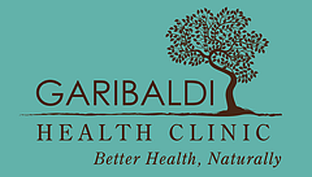Medicinal Plants
Recently, while walking one of our local trails I came across a little grove of Pacific yew trees thriving in a wet ravine. It was great to see them, because they are somewhat rare in our forests, and also because they invoke for me the magic of medicinal plants.
Taxol, one of the most potent compounds for the treatment of breast and ovarian cancer, is extracted from the bark of yew trees. Its discovery in the 1960s became something of a sensation and touched off a huge interest in the curative powers of native plants.
In truth, there was little that was new in this. Native people had used extracts of yew bark for centuries. But for a generation or two, western medicine had become so focused on test-tube drugs, attention had turned away natural remedies. And this despite the fact that at least 25% of modern drugs can trace their origin with wild plants.
Many, of course, have been synthesized, but with mixed success. The Taxol molecule, for example, is too complex to manufacture, except at prohibitive cost. Others may be less effective than the real thing, because they replicate only the active principle in a plant, rather than the full complex of constituents that produce a therapeutic effect.
The good news, however, is that the benefits of many medicinal plants can be attained simply by making an infusion of fresh or dried leaves and stems, much as you would brew tea. Hard and woody herbs might require simmering for 15 minutes to produce what’s known as a decoction.
Generally, though, alcohol is a better solvent than water to extract plant constituents. Chopped or ground herbs, either fresh or dried, are soaked for at least two weeks in a mixture of water and alcohol, proportions varying for different plants. Preserved by the alcohol, the resulting tincture has a very long shelf-life.
Medicinal plants are available as well in the form of capsules, pills or lozenges, usually as dry-based preparations.
Here are a few of the best-known plants and their uses: Marigold (also known as Calendula) – for skin problems and stomach ulcers. Cayenne – a circulatory stimulant and immune system aid. Black Cohosh – eases menstrual cramps and symptoms of menopause. St. John’s Wort – an anti-depressant. Valerian – treats insomnia without the brain fog of sleeping pills. Ginger root – an alternative to Gravol for motion sickness.
These are just a few examples that make up the hundreds of medicinal plants in the plant kingdom. But remember: many wild plants are poisonous, and nature’s pharmacy should only be used with knowledge and caution.
©Dr. Ashely Gordon, 2004.

